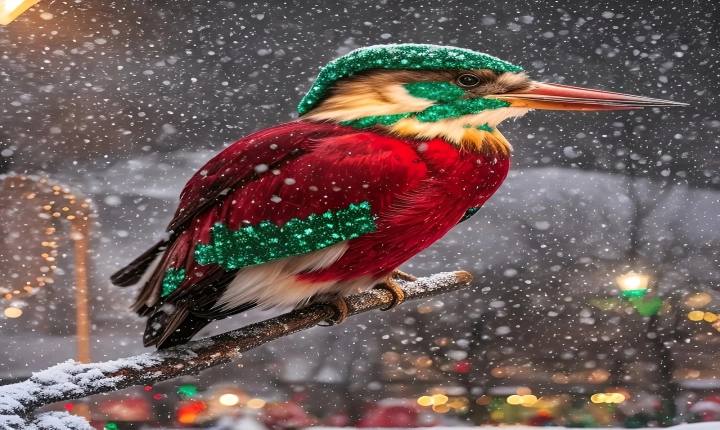Artificial intelligence (AI) is revolutionizing the way we create, interact with, and consume content. One of the areas where AI is making a significant impact is in designing album covers for music. Thanks to AI technologies, musicians and artists can now create captivating, unique, and professional-looking album covers in a fraction of the time it would take using traditional methods. In this article, we will explore how to use AI to design album covers and provide some tips for getting the most out of this innovative technology.
1. Choose the Right AI Tool: The first step in creating AI-generated album covers is to select the appropriate AI tool. There are various AI platforms and software available that are specifically designed for generating visual content, including album covers. Tools such as Adobe Sensei, DeepArt, and Runway ML are popular choices that offer advanced capabilities for creating stunning and dynamic designs.
2. Input Your Creative Vision: Once you have chosen an AI tool, it’s time to input your creative vision into the platform. This could involve providing the AI with a brief or description of the mood, theme, and style you want for your album cover. You can also choose to input specific images, colors, or visual elements that you want the AI to incorporate into the design.
3. Explore AI-Generated Designs: After inputting your creative vision, the AI tool will start generating a range of designs based on the input provided. This is where the AI’s unique ability to analyze data and create original content comes into play. You can explore the different designs generated by the AI and select the ones that resonate with your vision and aesthetic preferences.
4. Customize and Refine: While AI-generated designs can be impressive, it’s important to remember that AI tools are only as good as the input they receive. Therefore, it’s crucial to customize and refine the designs to ensure that they align with your artistic vision. This could involve tweaking colors, textures, layout, and other design elements to make the album cover truly unique and representative of your music.
5. Iterate and Experiment: One of the key advantages of using AI for album cover design is the ability to iterate and experiment with different visual concepts. AI tools allow for rapid prototyping and testing of various design ideas, which can lead to unexpected and inspiring results. Take advantage of this capability to explore different iterations of the album cover and see which designs best capture the essence of your music.
6. Add Personal Touches: While AI-generated designs can be highly sophisticated, adding personal touches can elevate the album cover to a whole new level. Consider incorporating hand-drawn elements, handwritten typography, or other artistic details that reflect your personality and creative style. By combining AI-generated designs with personal touches, you can create album covers that are not only visually striking but also deeply meaningful.
In conclusion, AI has opened up exciting possibilities for musicians and artists to create compelling album covers with greater ease, speed, and creativity. By harnessing the power of AI tools and infusing them with your artistic vision, you can produce visually captivating album covers that resonate with your audience. As AI continues to evolve and advance, the potential for creating stunning and immersive album artwork is virtually endless. Embracing AI technology for album cover design can lead to a new era of creativity and innovation in the music industry.
